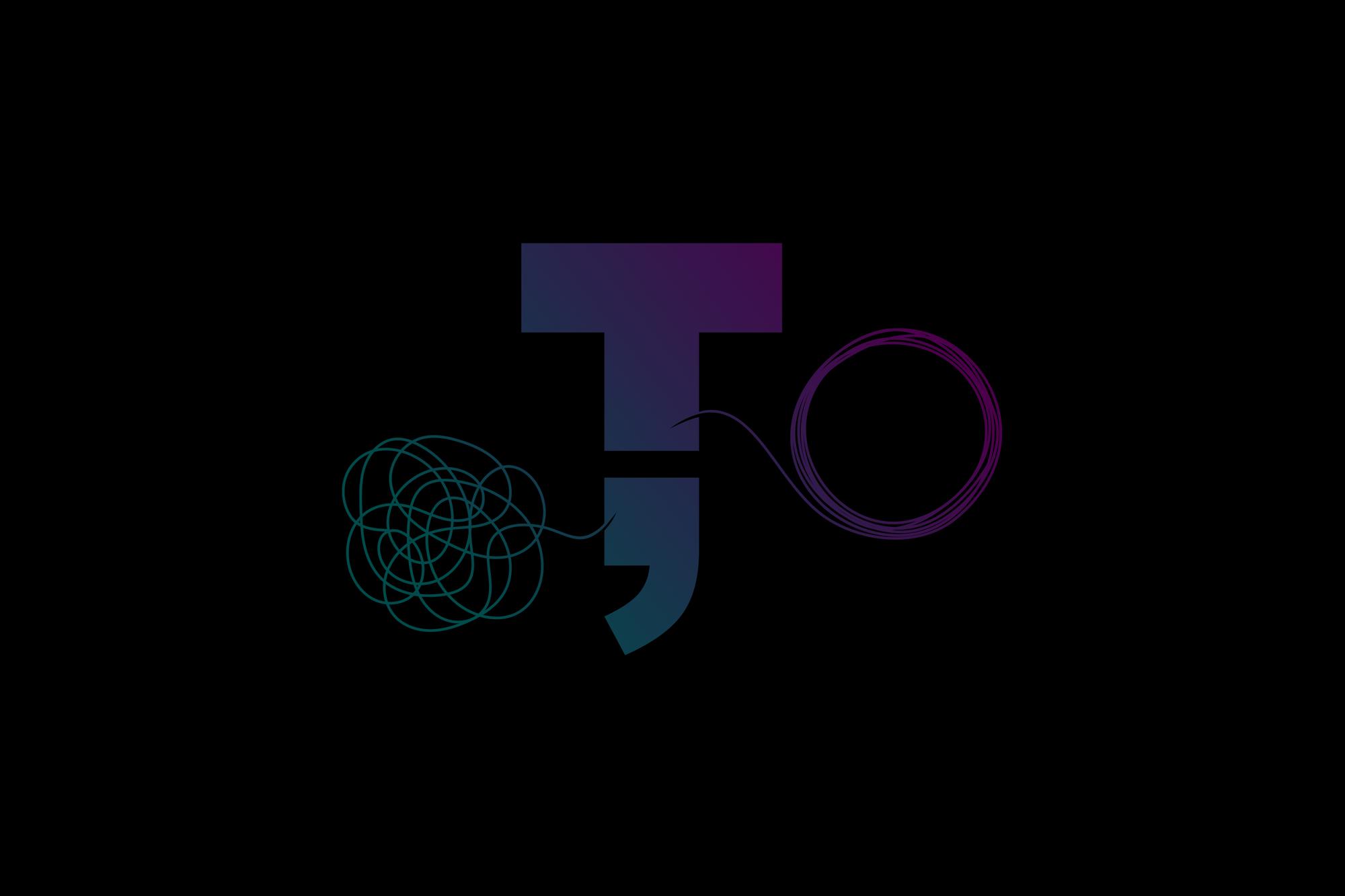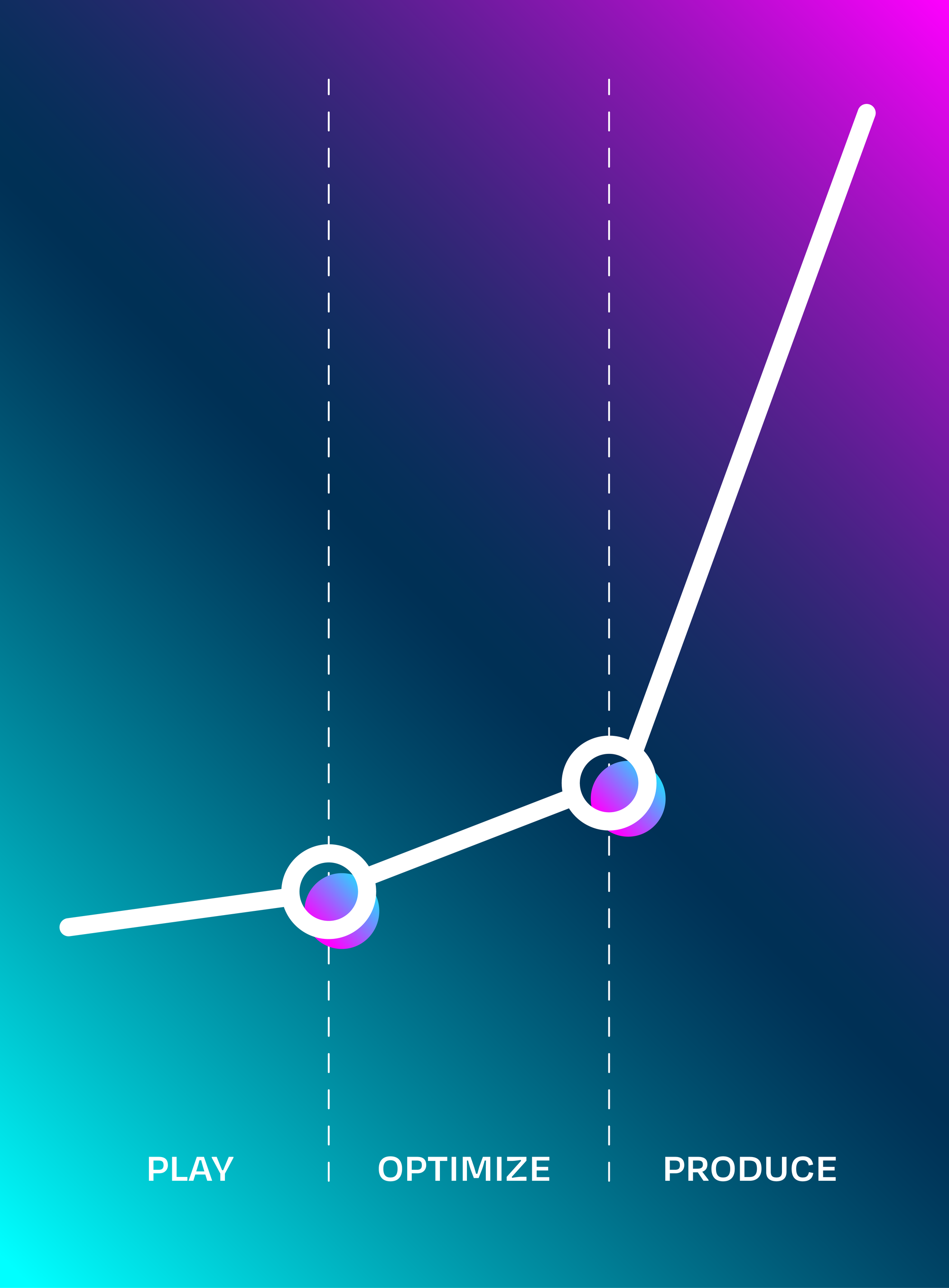
P-O-P Process
Too often, we dive into execution before we’ve truly figured out what works. The result is wasted effort, inconsistent output, and processes that don’t scale. The Play-Optimize-Produce (P-O-P) Process is designed to change that. It offers a strategic sequence for approaching complex or repetitive work: explore first, refine deliberately, then execute at scale.
The framework distilled: Efficiently figure out how to do anything new.
P-O-P helps individuals and teams build smarter systems — ones that improve with each cycle and enable better results with less strain. Grounded in research on cognitive load, feedback loops, and skill acquisition, the framework turns reflection into a competitive advantage. It’s not about moving slower overall — it’s about moving smarter from the start.
Some work is quick. Some work is easy. But the most valuable work — creative, complex, or repeatable at scale — often isn’t either. It takes exploration. Calibration. Precision. You don’t just do the work — you figure out how best to do the work.
That’s where the Play-Optimize-Produce model comes in.
This approach offers a simple yet powerful progression for navigating large, repeatable, or process-intensive tasks. It intentionally slows down at the start in order to speed up later — and to do so with confidence, clarity, and quality.
THE THREE PHASES AT A GLANCE
Play is the exploratory phase. You’re not focused on output volume — you’re focused on experimentation. You test different tools, methods, sequences, and approaches. You move slowly and deliberately, observing what works, what doesn’t, and why.
Optimize is the refinement phase. You step back from experimentation and examine what you’ve learned. You lock in the most efficient, effective way to move forward — and document that method so it can be repeated or scaled. You may still tinker, but the focus is on narrowing variation and reducing friction.
Produce is the execution phase. You apply your optimized process to generate output — at speed, with consistency, and at scale. You’re not frozen in this phase, but you’re no longer questioning everything. You trust the system you’ve built and focus on delivering.

